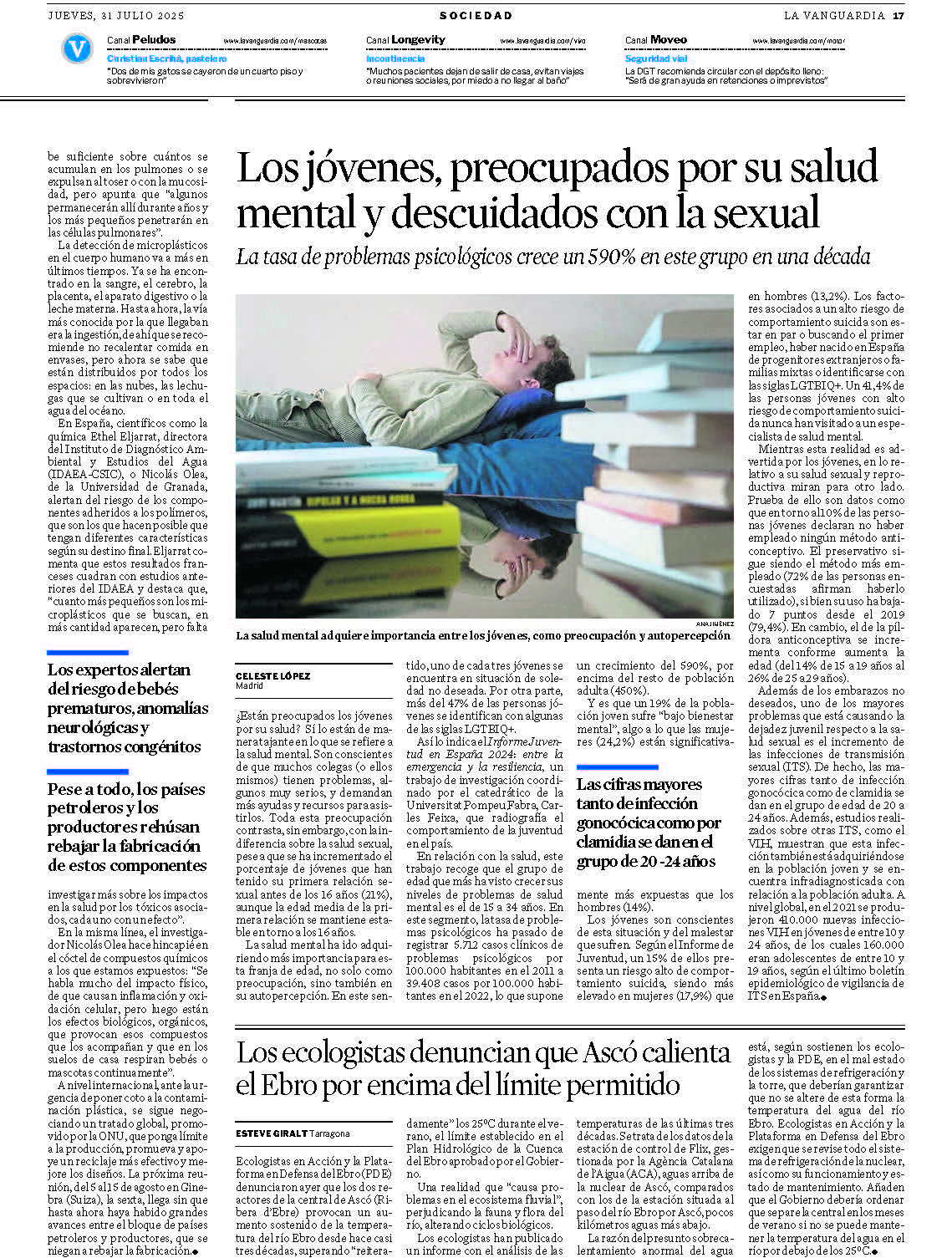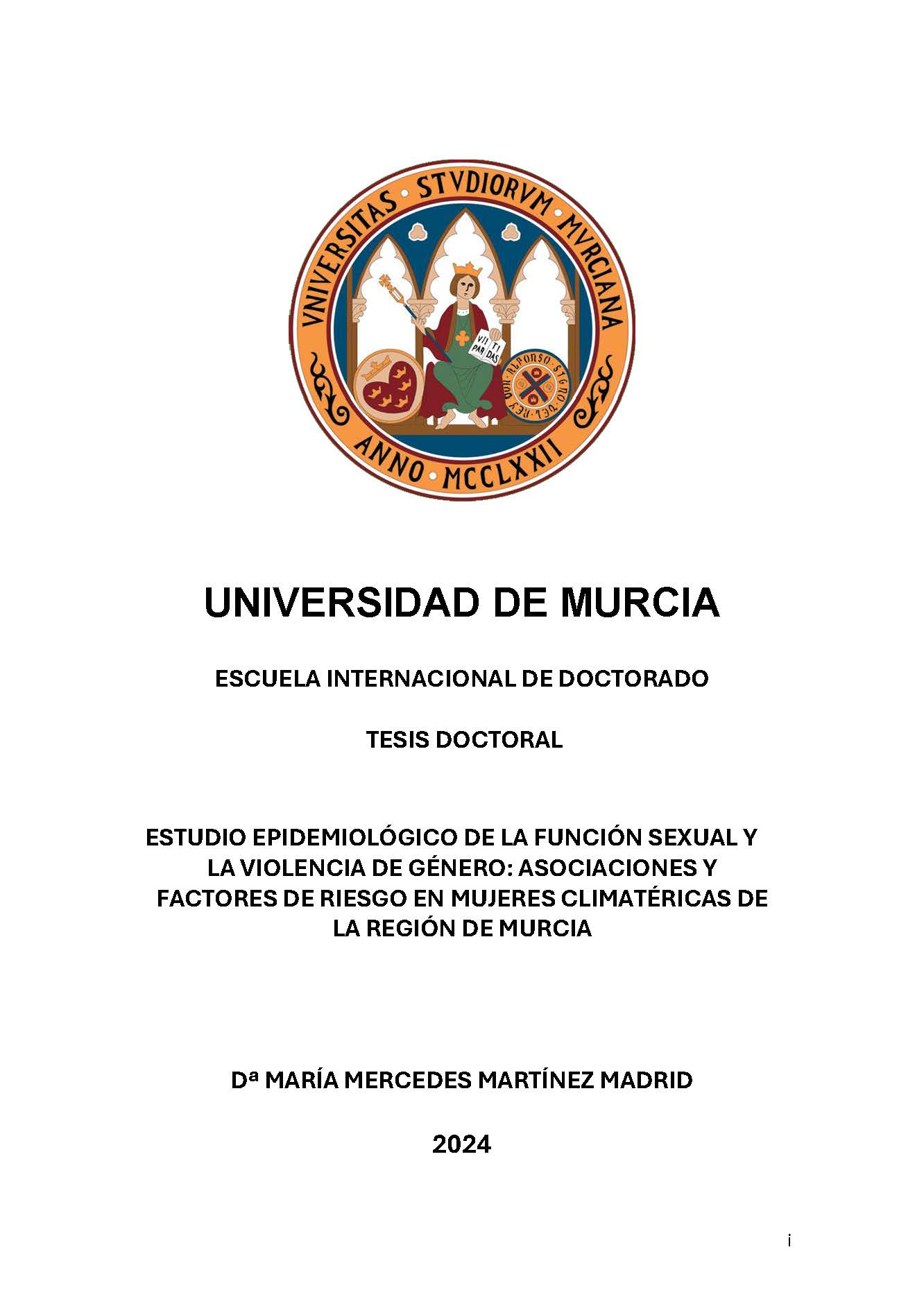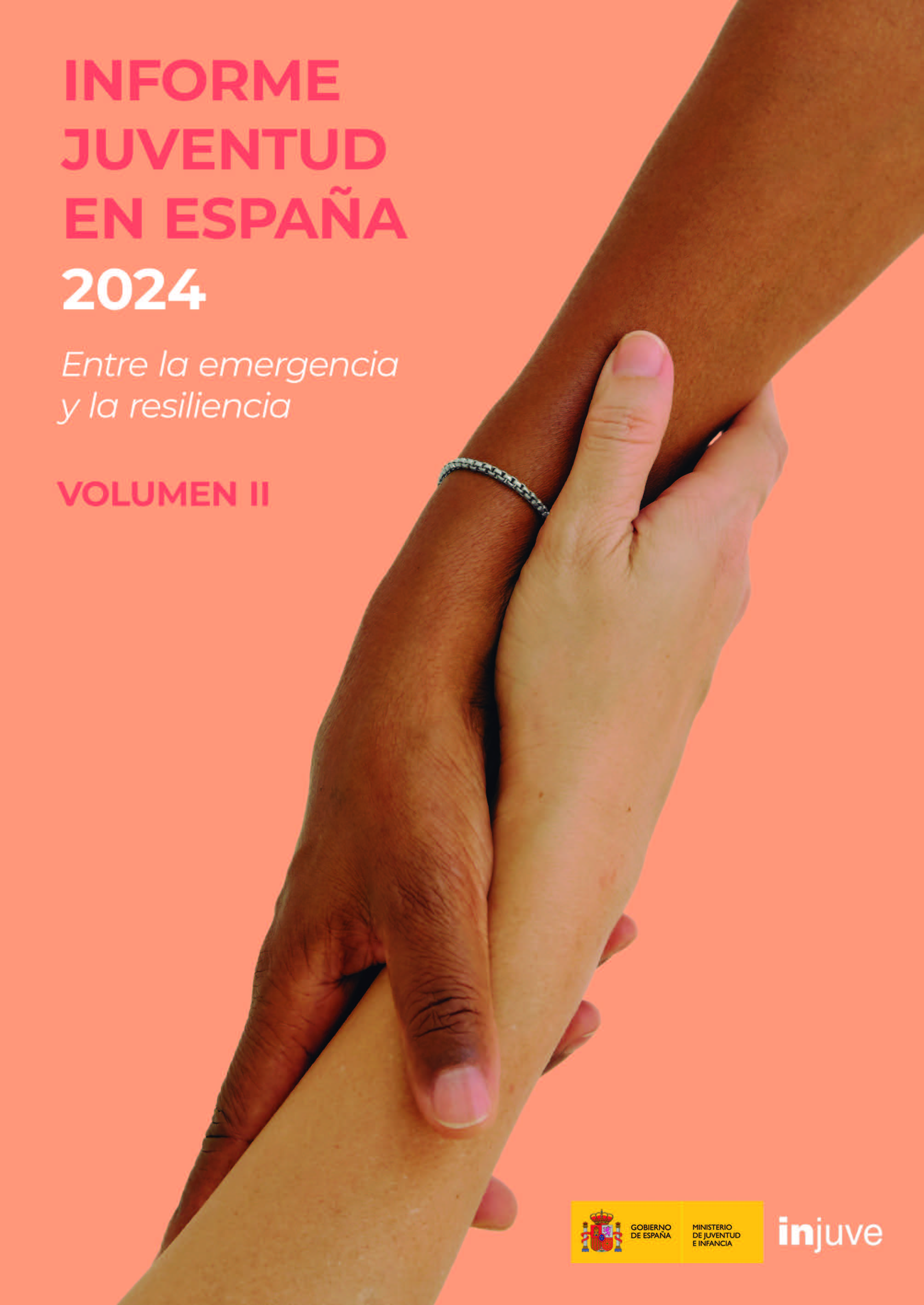Resumen
Our goal was to analyze the results of a multicity program offering rapid HIV testing in a mobile unit in central locations. Between October 2006 and December 2007, 7138 persons were tested, providing a finger-prick blood sample and filling out a brief questionnaire while waiting for the results of the Determine_ test. Seventy people were classified as reactive and 3 as indeterminate. Confirmatory test results were obtained for 83.6%. Of the 56 reactive persons contacted, 2 were confirmed as negative, giving a positive predictive value of 96.6%. Those tested were primarily men (60.6%), persons with university education (47.4%), and included a large percentage of immigrants (26.2%), especially from Latin America, and 37.3% were men who have sex with men (MSM). Fortyseven percent had ever been tested for HIV. Global HIV prevalence was 0.98% (confidence interval [CI]: 0.75–1.21), 1.59%, (CI: 1.21–1.97) in men and 0.19%, (CI: 0.02–0.35) in women. In the tree analysis the high prevalence node included Latin Americans with only primary studies (study level finished at least at the age of 12). Of the 64% HIVpositive tests in 2007 with available CD4 counts, 18.75% had CD4 counts under 350. Street-based mobile units offering rapid HIV testing in selected sites, may diagnose HIV at an earlier stage of infection than clinic-based sites, and have a low rate of false-positives. (Resumen extraído del artículo)






